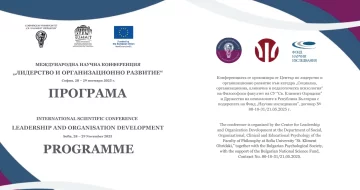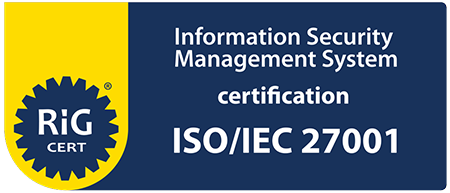One of the most prominent editions in Germany covering the art of developing people and new leadership – the DGFP Magazine for Human Resources Management – has published an article written by LS-S Leadership Support’s founder and owner Guido Betz. Together with Reggie Henderson, Divisional Head of Strategy HR Development & Culture, Liebherr, Switzerland, they shared the clients` success story about how talent management becomes hybrid and almost game-like.
As technology continues to shape the way we work, the role of leadership is changing. Blended Leading, which combines traditional leadership practices with digital technology, is becoming increasingly important in talent management. Blended leading is a hybrid approach that enables leaders to manage teams in both physical and virtual settings. With the rise of remote work and digitization, blended leading is becoming a necessity for organizations looking to stay competitive. The use of communication or HR platforms, digital helpers, and live encounters are key components of blended leading. These tools enable leaders to stay connected with their teams and provide support, guidance, and feedback, regardless of their location.
One example of blended leading in action is at a Liebherr plant. The plant's leadership team implemented one of LS-S Leadership Support products to allow them to communicate with employees, manage workflows, and provide feedback in real-time. Talent Portfolio has improved collaboration, increased transparency, and helped to streamline processes, resulting in greater efficiency and productivity.
However, Blended Leading also requires leaders to be flexible, adaptable, and willing to embrace new technology. It requires a new set of skills, such as digital communication, data analysis, and project management, in addition to traditional leadership skills such as communication, empathy, and strategic thinking. Furthermore, Blended Leading can create new challenges for talent management, such as maintaining team cohesion and managing remote employees effectively. It is crucial for leaders to find the right balance between using technology and maintaining personal connections with their teams.
In conclusion, Bended Leading is the future of talent management. As organizations continue to embrace digitization and remote work, leaders must adapt to the changing landscape of leadership. By combining traditional leadership practices with digital technology, leaders can effectively manage their teams in both physical and virtual settings, resulting in greater efficiency, productivity, and success.




